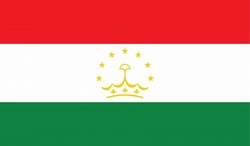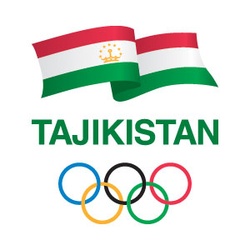Tajikistan meaning Land of the Tajiks is located in Central Asia, to the west of China. The landlocked nation shares borders with Afghanistan, Uzbekistan and Kyrgyzstan.
The country became independent in 1991 following the breakup of the Soviet Union and is covered by the Pamir mountain range.
The glaciers in these mountains are a major source of surface runoff for the Aral Sea.
The only large areas of lower land are located in valleys to the north and southwest of the country. The capital city is Dushanbe.



